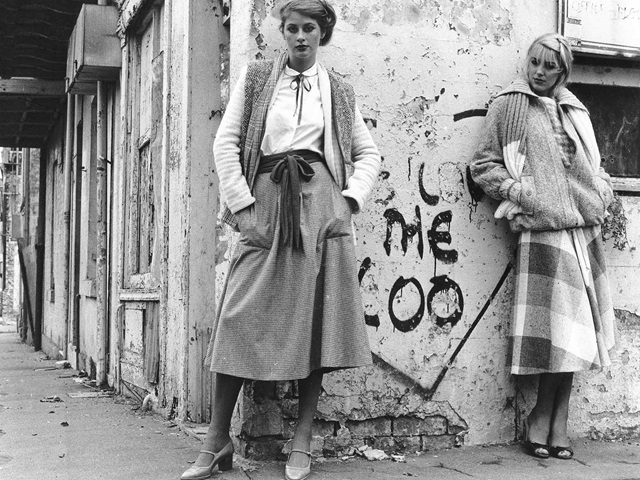History of Prince Alfred Park
Named after Queen Victoria's second son when he visited Sydney in 1868. It is the first park to be laid out in connection with a major Australian exhibition.

Prince Alfred Park is bounded by Chalmers and Cleveland streets, and Central railway station, Surry Hills.
Prior to the arrival of Europeans this area contained a tributary of Blackwattle Creek. It was known as Cleveland Paddocks after Cleveland House, built in the 1820s and still standing at the corner of Bedford and Buckingham Streets.
The first incursion into the paddock was the railway, which was begun in 1850 and opened in 1855. The station was located near St Paul’s Square to the west of the park. In 1856 more land was excised for Cleveland Street Public School, established that year in a prefabricated iron building.
The remaining area of Cleveland Paddocks was gazetted as a public reserve on 22 December 1865, although it was described in 1869 by Jules Joubert as ‘a quagmire with a filthy drain running across it – a plague spot’. Nevertheless in 1868 it was named after Queen Victoria’s second son, Prince Alfred, then visiting Sydney. He survived an assassination attempt at Clontarf Picnic Grounds and the embarrassed colonial authorities rushed to make amends by naming local features after the Prince, including this park and Royal Prince Alfred Hospital in Camperdown.

The first Agricultural Society show was held here in 1869. The following year Prince Alfred Park was the first park to be laid out in connection with a major Australian Exhibition, the inter-colonial exhibition held in 1870 to mark the centenary of Captain Cook’s landing at Botany Bay. It predated the first International Exhibition in the Garden Palace in the Sydney Domain (1879) and the world heritage listed Royal Exhibition Building in Melbourne (1880).
The original park layout was undertaken by a notable 19th century architect, Benjamin Backhouse, whose innovative plan was a major step in the development of park design in late 19th century Australia. The layout reflected the prevailing international trends in Exhibition Garden design, particularly as expressed by the landscaping of the 1867 Paris Exhibition.
During the life of the Exhibition Building from 1870 to 1954 the park performed a major public function as a venue for important events and exhibitions. The building housed the War Memorial Museum from 1925 to 1936, when it moved to Canberra.
Trees and elements of the layout from the original 1870 plan of the park still exist on the site today including Moreton Bay fig trees arranged as an informal row along the boundaries. The central avenue of London Planes and Brush Box probably dates from the inter-war period, as do the Washington Palms and Canary Island Date Palms.
Additions to the park included tennis courts built in 1924 and the Coronation Playground built from 1936 to 1939 to replace a previous playground built in 1932. It is named to commemorate the coronation of King George VI. The swimming pool was built in 1954. An ice skating rink was built behind the pool in 1959 and demolished in about 1996 to 1997.
Rainbow path and Equality Green
The 90-metre rainbow path was added in 2019. It isn’t just a cheerful addition to the neighbourhood. It’s a bold representation of Australia’s journey towards equality for LGBTIQ people. It also speaks to the ongoing struggle against discrimination.
The rainbow path cuts through the central lawn of Prince Alfred Park. It was named ‘Equality Green’ in 2018 by the City of Sydney council. The name commemorates the campaign for marriage equality.
The campaign culminated at this location on the morning of 15 November 2017. Thousands of Sydneysiders came to Prince Alfred Park to hear the results of the national same-sex marriage postal survey.
The event in Prince Alfred Park was organised by volunteer group Australian Marriage Equality (AME), who led the ‘Yes’ campaign. When the Australian Statistician Dr David Gruen announced that 61.6% of Australians were in favour of marriage equality for LGBTIQ communities, the 30,000-strong crowd erupted in relief and jubilation.
The grassroots movement for marriage equality started in 2004. It was a response to the amendment of the marriage act to exclude same-sex couples. It built on years of activism for the rights of lesbian, gay, bisexual, intersex and queer peoples. The Marriage Act (1961) was formally updated on 9 December 2017 by federal parliament to allow for marriage equality. The Act now defines marriage as 'the union of 2 people to the exclusion of all others, voluntarily entered into for life'.
Further reading
Lester Tropman and Associates, 'Prince Alfred Park Statement of Significance Historical Analysis', nd [c 1989]
Lester Tropman and Associates, 'Prince Alfred Park Conservation Policy', 1989
South Sydney City Council, 'Prince Alfred Park Plan of Management Draft', 1989 and 1993
Anne Cooke, 'Heritage Study: Prince Alfred Park', 1997
John Redfern, ‘Prince Alfred Park’, “History”, No 61 (September 1999)
LandArc Pty Ltd, 'Register of Significant Trees', 2005
Parks
Prince Alfred ParkNext to Central station, this 7.5 hectare park offers plenty of green space and recreational facilities including an outdoor pool, sports courts, playgrounds and fitness equipment.Surry HillsPlaygrounds
Prince Alfred Park PlaygroundThe award-winning Prince Alfred Park features 2 playgrounds, an enclosed toddlers playground and an open play space adjacent to basketball courts.Surry HillsPools
Prince Alfred Park PoolOur first fully accessible heated outdoor pool features a green roof of native grasses to regulate temperature and includes functional public art pieces.Surry Hills



